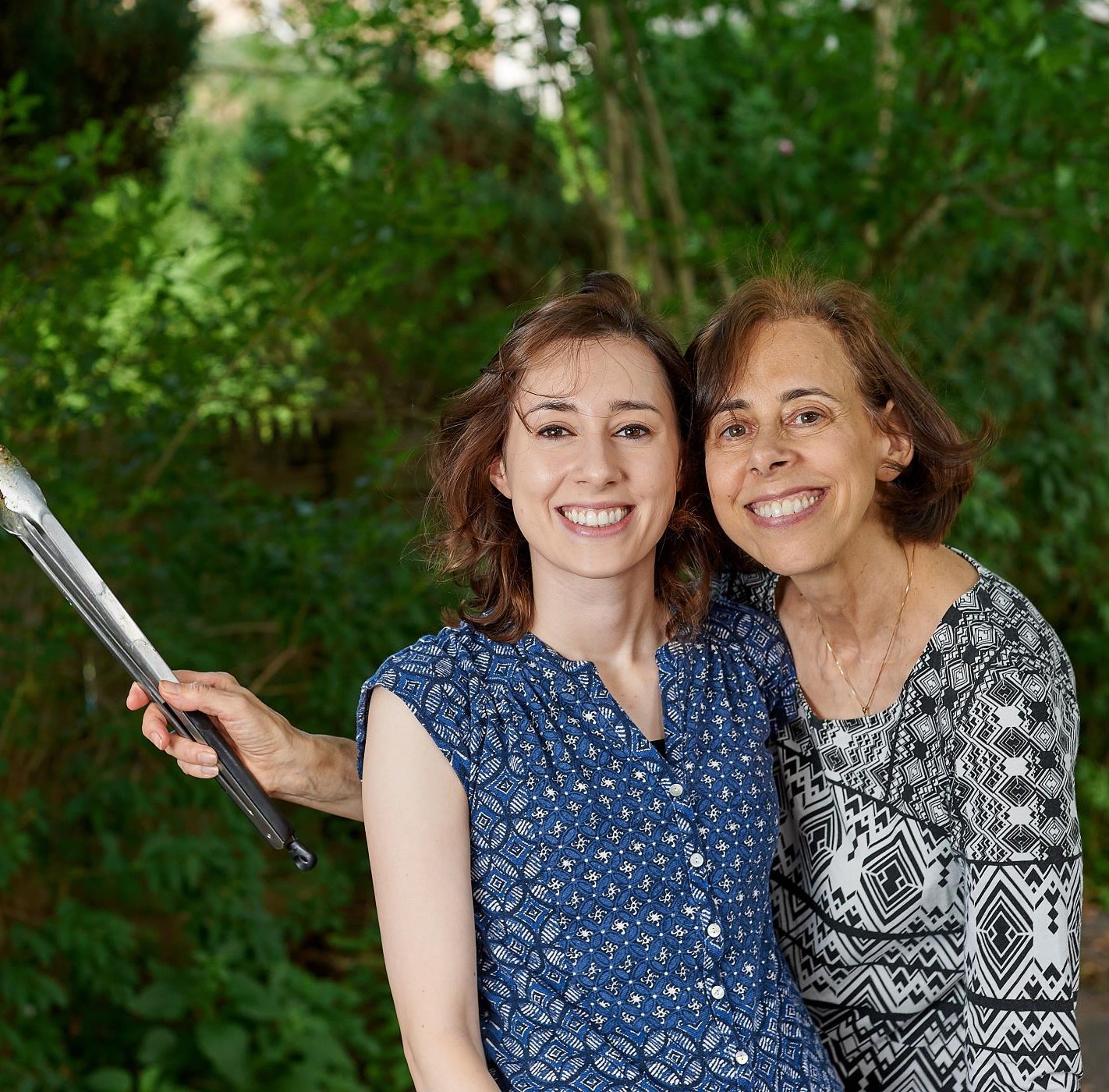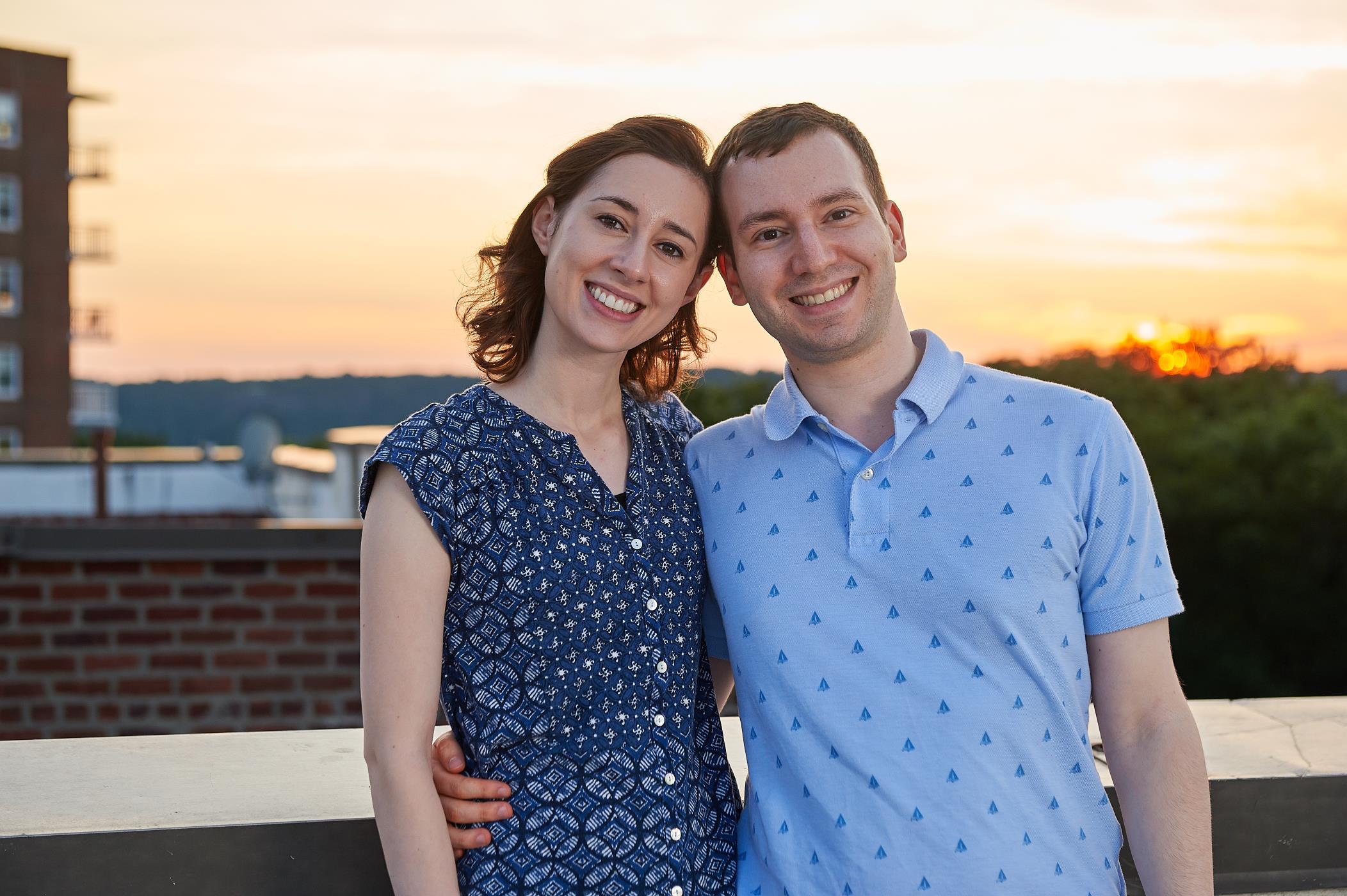A few days ago I wrote about my experience shooting with the Nikon D700.
At the time, I mentioned that I had borrowed the Nikon SB-900 speedlight (now discontinued)
with which to learn the beginnings of flash photography; not wanting to go on a
complete tangent about my learnings about flash photography, I didn’t dwell on it then.
Today, though, I’d like to share some of my earliest learnings using the SB-900.
I used the book
“
Understanding Flash Photography
” by Bryan Peterson
as a learning reference. (I don’t think it’s necessarily the best book for this purpose,
but it served well enough as a learning reference. If I was looking to get into professional
portraiture or event photography, I’d no doubt get a book on that specifically.)
In a nutshell, the reason why flash (and other artificial lighting) is so vital
is that photography is, after all, the art of capturing light; without light,
there’s nothing the camera can capture. Common examples include indoor parties,
especially at night. Flash is also a
useful panacea for situations with unflattering natural light, such as an outdoor
barbecue at mid-day on a sunny summer day. Although an expensive addition to a
photographer’s kit (speedlights can cost as much as a decent lens), flash is
indispensable in a number of scenarios, and incredibly useful in many more.
The Gear
In addition to the flash, I was given a flash umbrella and stand, and a tripod for
the camera. That was pretty much perfect for getting started, as it covers the
two primary ways of using speedlights: on-camera through-the-lens (TTL) flash,
like for event photography, and off-camera umbrella flash, for portraits.
Experience of on-camera flash
When most people think of camera flash, it’s probably of the on-camera flash
speedlight, which floods a scene with a brief burst of illumination dictated by
the camera (if relying on the camera’s light meter) or the photographer (in manual).
The advantage of on-camera flash is that it empowers a photographer to disregard
natural lighting at a given spot - the speedlight supplements or even overpowers
the ambient light.

On-camera speedlight illumination is great for subject isolation and event photography, even when it underexposes backgrounds.
The most obvious disadvantage of the on-camera flash is the weight of the speedlight.
The SB-900, for example, is rated at 14.6 oz, which is nearly a full pound of weight.
When posted on the Nikon D700 (2 lbs) with the 24-70mm f/2.8 lens (2 lbs), that’s
5 pounds of weight to contend with!
However, there are are also some less obvious disadvantages to on-camera speedlights.
The first less-than-ideal facet is how unnatural the direction of lighting appears.
People don’t typically stare directly into the sun to be flooded with light from
the front; yet that’s more or less the impression one gets from a photo taken of
people at an event using speedlight flash. The typical vignette from an event is, “Smiling and
mildly startled well-lit people looking directly into the camera while dimly lit
activities occur in the background,” for precisely this reason.
Of course, I’m not advocating for dimly lit pictures of people with shadows across
their faces for lack of fill flash; speedlights are a photography revelation.
But the on-camera incarnation is not great for candids.
Another issue with the on-camera flash, which can only be partially alleviated,
is that the light is unnaturally concentrated.
Natural travels tens of millions of miles to Earth from the sun, and then gets
diffused through the atmosphere and clouds; by contrast, the speedlight is a small
bulb mounted onto a camera maybe two yards from someone’s face.
The upshots is that the concentrated lighting can pierce skin to render veins,
blemishes, wrinkles, and scars in unflattering detail. There are tricks and gadgets
one can use to ameliorate this effect, but the aforementioned directionality is still
an issue.
The third downside to using on-camera flash, which is perhaps the most nitpicky,
is that the larger speedlights used for full and proper illumination are also
terrible for capturing candid moments. Granted, (hopefully) nobody takes a huge
speedlight to a casual meetup expecting candids, but as someone who idealizes
the candid, this is still a notable drawback.
Off-camera fill flash
I’ve only just begun to tap the potential of using off-camera flash, but it
appears to be the richer and more fruitful flash option. By mounting the flash
onto a stand and programming the flash to wirelessly trigger upon a command from
the camera, it becomes possible to perform a number of different creative lighting
setups. The Nikon D700 uses Nikon’s class-leading “i-TTL” system, which enables
the camera to bidirectionally coordinate illumination with several speedlights
by communicating using infrared light. With this, I was able to achieve some fun ad-hoc
lighting setups, using only the Nikon SB-900, no fancy radio communicators
needed. (Granted, the Nikon SB-900 is a flagship speedlight from a leading
camera producer; other than I guess Canon, I don’t think anyone produces as
capable and integrated a standalone flash system.)

Off-camera umbrella-bounced speedlight flash did a good job filling for this backlit sunset portrait. f/4, 1/125s, ISO 200, 66mm
The photo above sums up how much I loved working with Nikon’s i-TTL flash system.
My wife and I arrived on the scene of a beautiful summer sunset, minutes before
the sun would set for the day. We quickly set up our tripod and umbrella flash,
composed and dialed in the exposure, and dialed in the timer for some self portraits.
I didn’t have to worry about configuring the flash, because Nikon’s i-TTL did all
the hard work. For a beginner like me, that was valuable, and made this shot possible
in the nick of time. Not a moment too soon, either, as the sun (that dusky orange
ball over my left shoulder) set about two minutes after we took this shot.
Portrait key lighting
I’m not sure whether I’m terribly interested in getting into professional headshot photography,
but after a friend described the value in being able to procure reasonably professional
headshots for family members at a moment’s notice, I decided to try it for myself.

I was reasonably satisfied with this headshot using off-camera umbrella-bounced speedlight flash as a key light. f/4, 1/200s, ISO 200, 105mm
I set up the umbrella flash and tripod in my apartment and did a number of test
shots to get the exposure. Then, my wife took a few shots for me, and voila!
Takeaways
I’m ambivalent about my experience with speedlights. On the one hand, I see now
the creative possibilities which are unlocked with access to just a couple of speedlights
and some relatively inexpensive accessories. These together can be used in myriad
permutations to achieve deceptively convincing lighting setups with fabulous results.
No longer is one solely beholden to the weather, season, alignment of the sun, and venue.
Yet, capable speedlights can be moderately expensive, a coherent system like Nikon’s
i-TTL or Godox’s radio system even more so. Lights have to be schlepped around,
even if they’re not quite heavy as lenses and bodies.
And overusing artificial lighting risks losing touch with the possibilities of
natural lighting, which (at its best) still yields the most blissful photos of any.
Now that I’ve returned the Nikon system, I’m contemplating picking up a speedlight
for myself, but as my current “system” is just a small point-and-shoot with a good
on-board flash, I’m not sure whether to take the plunge.